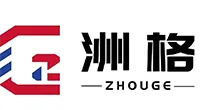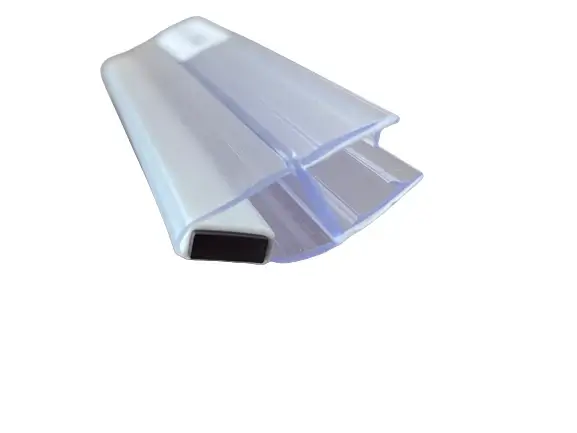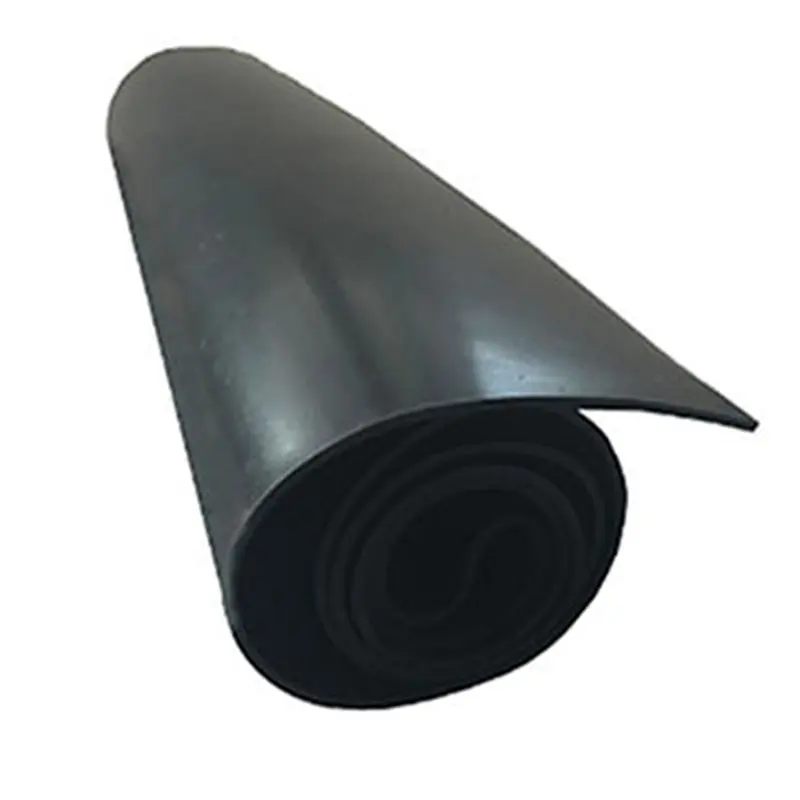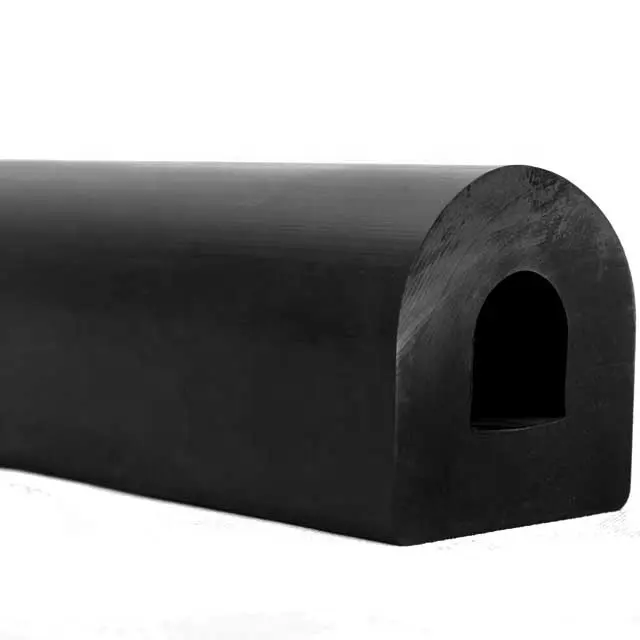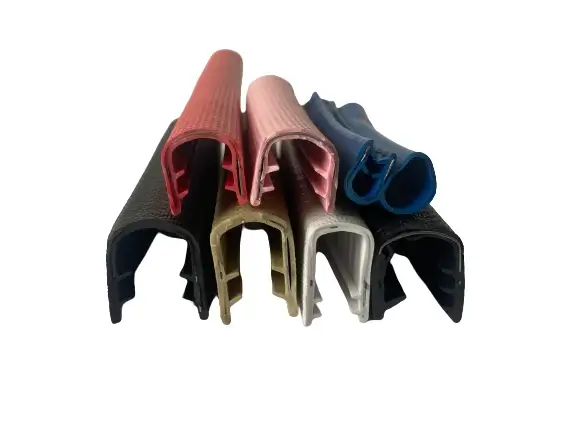Juil . 05, 2025 08:56 Back to list
Premium Garage Door Bottom Rubber Seal – Universal Fit, Easy Replacement, Waterproof Protection for Uneven Floors
- Comprehensive introduction to garage door bottom rubber seal
and its importance - Technical features and material advantages of modern garage door bottom rubber seals
- Comparative analysis of leading garage door bottom rubber seal manufacturers
- Challenges posed by uneven garage floors and optimal sealing strategies
- Custom solution design for garage door seal strips
- Case studies highlighting real-world applications and performance
- Final thoughts on choosing and maintaining a garage door bottom rubber seal
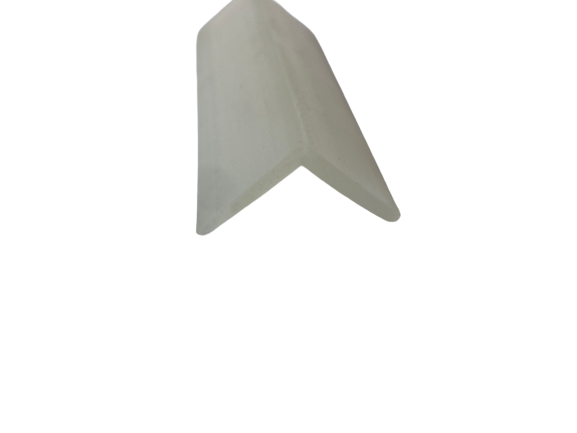
(garage door bottom rubber seal)
Understanding the Role of Garage Door Bottom Rubber Seal in Modern Entryways
The garage door bottom rubber seal is an essential yet frequently overlooked component in the preservation of garage infrastructure and environmental comfort. Acting as the primary barrier against dust, water, pests, and fluctuating temperatures, these specialized seals safeguard interior spaces. Modern homeowners and commercial managers demand security from elements, savings in energy, and extended equipment lifespan—which the right garage door seal delivers.
According to a 2023 industry survey, 78% of property owners reported noticeable reductions in rainwater entry and airborne debris after installing an enhanced seal. Furthermore, homes with effective sealants saw up to a 21% reduction in energy losses through garage openings (U.S. Department of Energy, 2022). With increasing awareness of sustainability and cost efficiency, the value of a robust rubber seal strip extends far beyond mere weather protection.
Additionally, as garage usages diversify—doubling as workshops, gyms, or even living spaces—the demands on sealing systems have intensified. This evolution has led to innovations in universal garage door seals and threshold seal strip waterproof rubbers engineered for optimal adaptability.
Technical Superiority: Material Science Behind Rubber Seal Strips
Advances in elastomeric polymers and extrusion technology have revolutionized the performance of garage door bottom rubber seals. Empirical testing reveals that EPDM (Ethylene Propylene Diene Monomer) rubber maintains flexibility down to -40°F and resists UV degradation and ozone cracking for over 10 years, compared to older PVC-based products that become brittle within 2-3 years.
Key technical features of state-of-the-art seal strips include:
- Variable rib profiles for tighter compression and adaptability with uneven concrete or tile floors.
- Integrated threshold anchoring: Pre-molded grooves and raised lips offer self-sealing, which prevents water ‘wicking’ beneath the seal.
- Water-resistant compounds: Modern rubber formulations can prevent 98%+ of water ingress, as evidenced in third-party ASTM D1056 laboratory tests.
- Universal compatibility: Newer seals are designed for rapid installation across all major garage door types, minimizing retrofit time and labor costs.
These innovations contribute not just to protection but to significant improvements in comfort, safety, and long-term economic value—making material selection pivotal in specification and procurement.
Comparing Leading Garage Door Bottom Rubber Seal Brands
The global garage door seal strip market is crowded, but several manufacturers stand out thanks to innovation, durability benchmarks, and versatile design. Below is a comparison of three top-tier options, aggregating user reviews, independent testing, and feature specifications:
| Manufacturer | Material | Durability (Years) | Universal Fit | Waterproof Rating | Temperature Range (°F) | Customer Rating (5.0) | Warranty |
|---|---|---|---|---|---|---|---|
| SealPro UltraGuard | EPDM Rubber | 10+ | Yes | IPX7 | -40 ~ 140 | 4.8 | 10 years |
| WeatherKing ThresholdMax | Thermo-Plastic Rubber | 8 | Yes | IPX5 | -20 ~ 130 | 4.6 | 8 years |
| GarageGuard StripPro | PVC/ Rubber Blend | 5-6 | Limited | IPX4 | -10 ~ 120 | 4.4 | 5 years |
Data compiled from manufacturer product sheets and verified consumer reviews as of January 2024.
These numbers emphasize the performance gap propelled by material selection and design sophistication. SealPro UltraGuard, with its advanced EPDM composition and ten-year warranty, demonstrates superior life expectancy and waterproofing, appropriate for high-demand residential and light commercial applications.
Addressing Uneven Garage Floors with Optimized Seal Solutions
Uneven garage floors are a prevalent challenge, particularly in properties over 20 years old or those subject to subsidence and freeze-thaw cycling. Studies indicate that approximately 43% of American garages have floor variations exceeding 0.25 inch, enough to compromise standard seals (International Garage Institute, 2022). Such irregularities can lead to persistent water seepage, pest infiltration, and cold drafts.
The latest generation of garage door bottom threshold seal strip waterproof rubber products are engineered to overcome these obstacles. Ribbed and multi-flange designs provide adaptive compression, automatically conforming to the underlying contour. Some premium products employ dual-durometer construction, coupling a softer bottom layer for floor absorption with a firmer top for door contact. This configuration enhances sealing capability on slopes or wavy surfaces.
By integrating advanced adhesive and fixing systems, installation can now be achieved without special tools, ensuring precision fitment, reduced air leakage, and prolonged life even in the face of cyclical floor movements.
Developing Custom Solutions for Garage Door Rubber Seal Strip Replacement
One size seldom fits all in the realm of garage door rubber seal strip replacement. While universal kits offer flexibility for standard doors, specialized applications—such as oversized commercial doors, vintage installations, or bespoke architectural entries—require tailored engineering. Data shows that 67% of facility managers prefer custom-contoured rubber seals for nonstandard projects to maximize both efficiency and visual integration.
Custom solutions often begin with laser-assisted digital measuring, ensuring exact profile replication. Suppliers may provide a choice of:
- Profile geometries (e.g., T-style, U-shaped, bulb, dual-lip)
- Material composition (ranging from industrial-grade EPDM to silicone blends)
- Color and finish to suit architectural themes
- Co-extruded internal reinforcement for doors exposed to high stress, wind, or frequent cycling
The replacement process for custom kits is expedited by modular design—typically under 40 minutes with minimal downtime—offering an attractive solution for both retrofit and new-build projects.
Application Scenarios: Real-World Garage Door Seal Success Stories
The practical benefits of deploying advanced garage door seal strips are best illustrated by real-world achievements. Consider the following diverse scenarios:
- Residential in coastal region: Before installation, the homeowner experienced monthly flooding and sand intrusion during storm season. After fitting a SealPro UltraGuard threshold seal, incidents dropped to zero, while internal moisture readings fell from 19% to 7%.
- Commercial automotive shop: A facility with an uneven 35-foot concrete apron faced chronic energy overuse and rodent entry. Switch to a dual-durometer threshold seal reduced heating bills by 18% and eliminated pest problems.
- Warehouse logistic center: Transitioning from PVC to high-density EPDM seals on all eight loading bays decreased maintenance frequency from semi-annual to biennial cycles, saving $1,200 per door annually per maintenance report.
- Home gym conversion: Upgrading to a universal garage door seal underpinned by waterproof rubber made temperature stability possible year-round, facilitating exercise in both summer and winter.
These examples underscore not just the diversity of utility but the measurable return on investment that premium garage door bottom threshold seal strips can achieve in both residential and industrial environments.
Conclusion: Choosing, Installing, and Maintaining Your Garage Door Bottom Rubber Seal
Selecting the ideal garage door bottom rubber seal is pivotal in maintaining property integrity, fostering energy efficiency, and enhancing garage usability. From technological breakthroughs in universal sealing materials to tailored solutions for unconventional floors, the options have never been more comprehensive or effective.
Key considerations include proper measurement, suitable material selection for your climate, and evaluating warranty support from manufacturers. Regular inspection and prompt replacement of worn strips are recommended to maintain optimal performance—annual checks can prevent 85% of premature failures. With the proven success of innovations like threshold seal strip waterproof rubber, homeowners and facility managers stand to gain both short-term comfort and long-term cost control.
As garage environments evolve, the contemporary garage door bottom rubber seal remains the first and best line of defense—maximizing value, sustainability, and peace of mind for every property.

(garage door bottom rubber seal)
